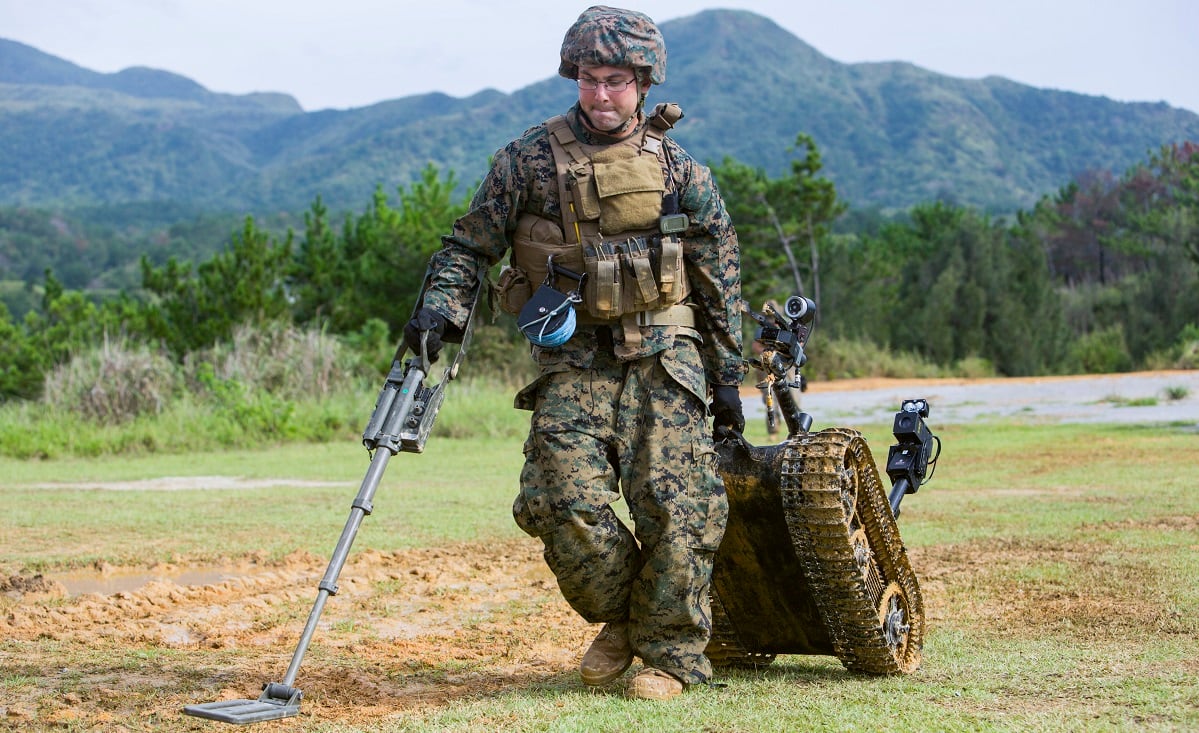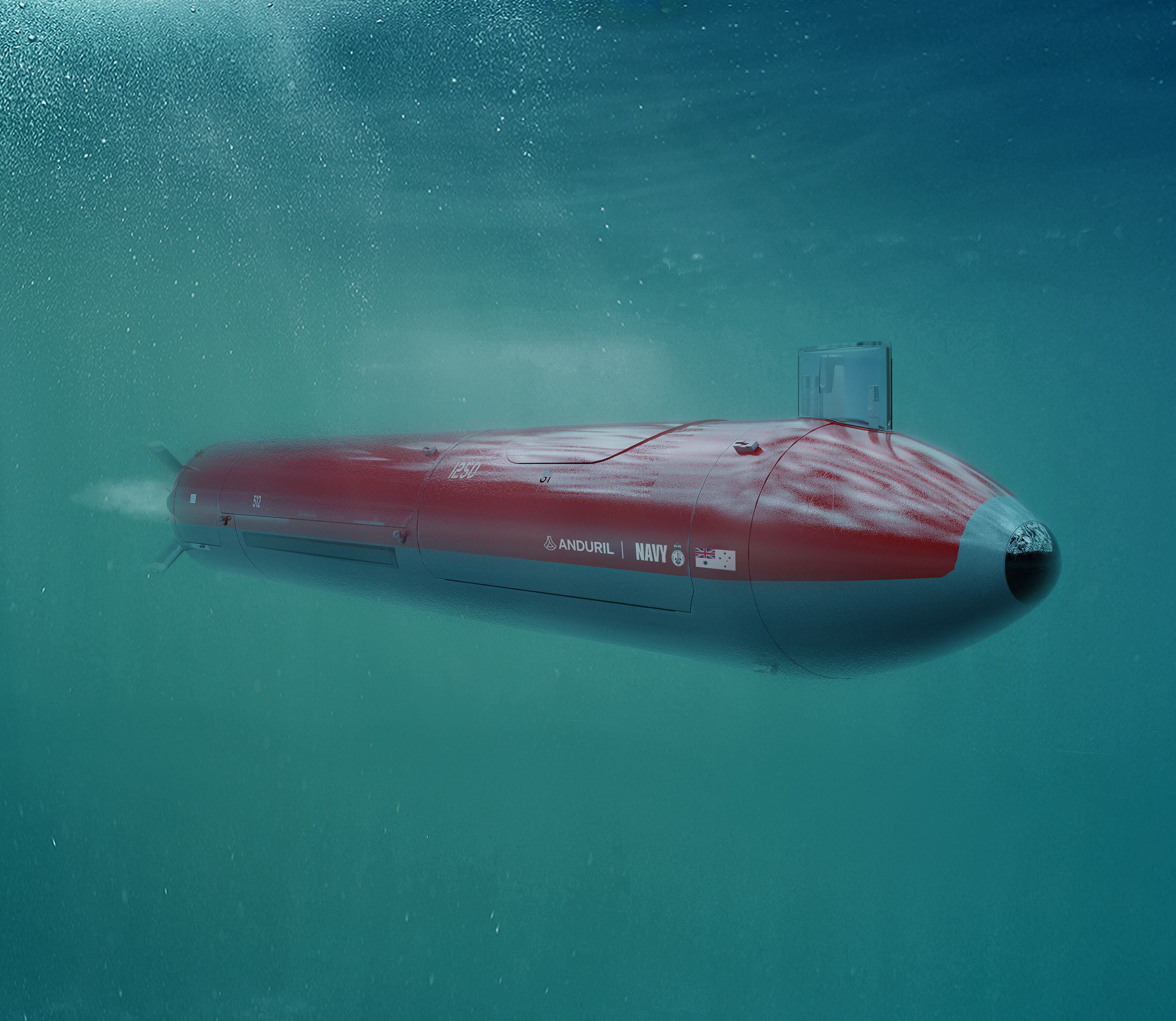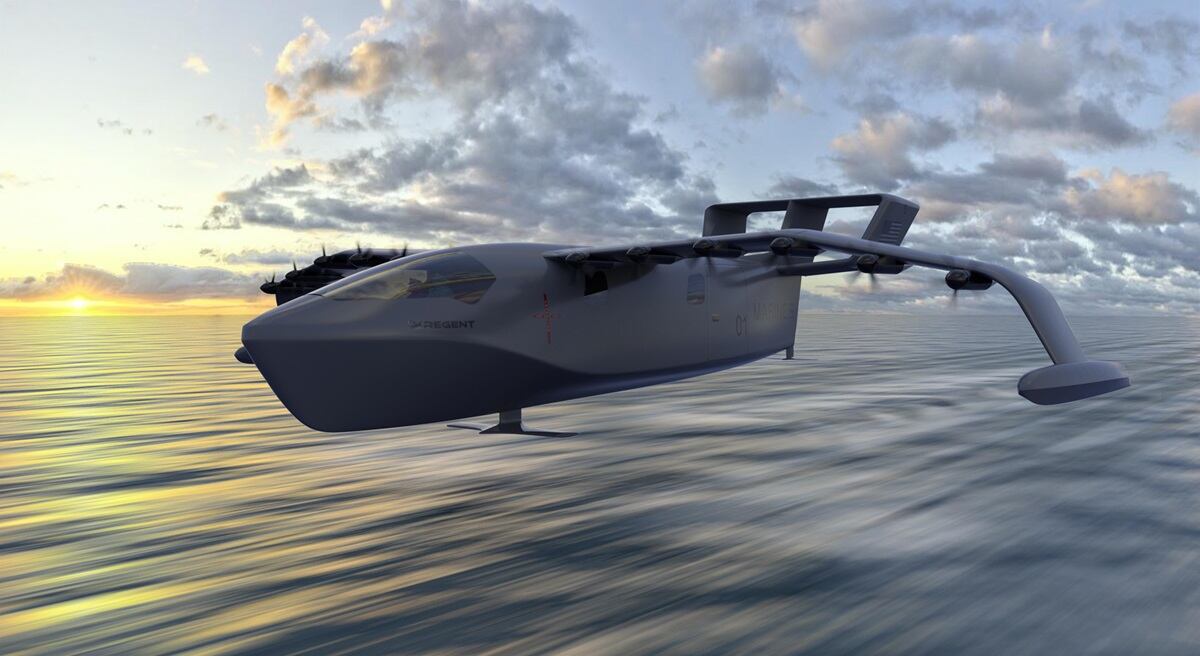The challenge of effective emergency resupply and medical transport in austere and isolated regions such as the Indo-Pacific has led the Marine Corps to invest in “hoverbike” drones and robot mules.
Now, the Corps is investing millions in a developmental “flying ferry” that purports to solve the same problem.
The Marine Corps Warfighting Lab has signed a nearly $5 million contract to test out hydrofoiling seagliders, which may provide an innovative solution for medical evacuation and resupply in littoral regions.
The contract is with Rhode Island-based Regent, a three-year-old company developing all-electric gliders for defense and commercial use. The company announced in November 2022 it had assembled a defense advisory board of retired general and flag officers, notably including Gen. Robert Neller, the 37th commandant of the Marine Corps.
RELATED

These seagliders, still in development, represent a boat-aircraft hybrid that has no direct parallel in the commercial or military world. A hydrofoiling base, or small platform that touches the water, allows the body of the glider to stay “airborne” while in motion a short distance above the water’s surface, though not actually in flight. Regent says it has sold 467 of the craft so far to commercial aviation and ferry customers around the world, and has an order backlog totaling nearly $8 billion.
Regent’s current seaglider model ― and the one the Warfighting Lab would be assessing ― is the 12-passenger Viceroy.
The glider can travel up to 180 miles on a single charge, but the company is working to stretch that range outward as battery technology improves, Bill Thalheimer, co-founder and CEO of Regent, told Marine Corps Times in an interview. He theorizes the range could reach 500 miles by the end of the decade.
In light of that expected trajectory, Thalheimer said, the military use case for the gliders in maritime regions like the Indo-Pacific became clear. The novelty of the platform also lends itself to experimentation by entities like the Warfighting Lab.
The Viceroy seaglider initially will be comparable in cost to a small aircraft such as a Cessna Grand Caravan or DHC-6 Twin Otter, he said, although the company expects the cost to come down as more enter production. Those planes cost between $2 and $4 million new.
The yet-to-be-completed fully operational prototype will weigh 15,000 pounds, handle a payload of 3,500 pounds and have a 65-foot wingspan.
Thalheimer said the glider could fill a known gap in the Marines’ high-speed logistics mission in the Pacific while freeing up helicopters and other longer-range assets for different tasks.
The range of Marine Corps experimentation efforts with light and low-cost platforms that can cover coastal distances fast ― perhaps spanning the distance between an expeditionary advanced base in the littorals and a better-equipped medical center in time to provide care to a wounded Marine within the critical Golden Hour ― speaks to the difficulty of the problem. Former Commandant Gen. David Berger said earlier this year that logistics represents the Corps’ greatest current challenge.
RELATED

The seagliders “address a recognized gap within the U.S. Department of Defense for high-speed, low-cost, low-signature, runway-independent mobility in the littorals and fulfill a range of mission sets including troop and cargo transport, expeditionary advanced base operations, and communications,” Regent said in a released statement.
The news of the new glider development contract coincides with the publication of an article by Marine Corps Capt. Trevor Shimulunas arguing for a similar concept: unmanned, single-use aerial gliders for small unit logistics.
“Glider systems decrease the risk of detection by enemy forces,” Shimulunas writes for U.S. Naval Institute Magazine Proceedings. “Released at a significant standoff distance from the supported unit, gliders could eliminate the risk of audible detection, and their small size and color scheme would decrease risk of visual detection.”
Notably, the kinds of unmanned gliders Shimulunas describes are smaller and less expensive than Regent’s model, and would only carry cargo, not passengers.
The Warfighting Lab, Thalheimer said, will be conducting three separate demonstrations as part of the agreement with Regent: a float demo, a hydrofoil demo and a flight demo.
These initial “barebones” demonstrations, he said, will prove out the aircraft’s abilities to operate through its full operating envelope.
According to Regent’s announcement about the Marine Corps contract, the demonstration period will culminate “in a live technical demonstration of the full-scale prototype during a large-scale exercise hosted by the U.S. Government.” Thalheimer did not provide additional details about this planned exercise, saying those conversations are just beginning. The Marine Corps is not purchasing any seagliders in the contract, he said. The Corps’ investment, he added, will allow for maturation of the technology and validation of the concept. Thalheimer added the company was also pursuing conversations with the Coast Guard, which may have a use for seagliders for maritime patrol.
Marine Corps officials did not immediately respond to an inquiry about Regent and its plans to demonstrate the glider.
In addition to logistics and medevac between and around expeditionary forward bases in the littorals, Thalheimer said the Viceroy could serve as an intelligence, surveillance and reconnaissance platform or an ad hoc communications network when equipped with the right payload.
“They’re essentially aircraft with unlimited loiter time, because they can land and take off in the water,” he said.
In a statement, Neller highlighted this intelligence, surveillance and reconnaissance use case, saying speed and signature management in the littorals was critical.
“REGENT seagliders provide the ability to distribute multiple capabilities in the littorals, including logistics, command and control, and ISR,” he said. “The REGENT seaglider capabilities will create success.”
While the prospect of a manned seaglider without armament or built-in defenses operating in a potentially contested future littoral environment might give many pause, Thalheimer said the company is addressing that concern.
Regent expects to develop a future unmanned and autonomous version of the glider soon, he said, adding that its current control system already is highly automated and adaptation will be made easier due to the simplicity of conducting testing over water rather than in trafficked areas.
The currently planned manned version, though, offers certain advantages over traditional aircraft, Thalheimer said. The complexity of training pilots to fly the glider is much less than with a conventional military aircraft, meaning requirements can be lessened and training length shortened, he said.
“These can be enlisted service men and women who are at the helm of this, driving it like a boat with essentially all the capabilities of an aircraft,” he said.
Hope Hodge Seck is an award-winning investigative and enterprise reporter covering the U.S. military and national defense. The former managing editor of Military.com, her work has also appeared in the Washington Post, Politico Magazine, USA Today and Popular Mechanics.








